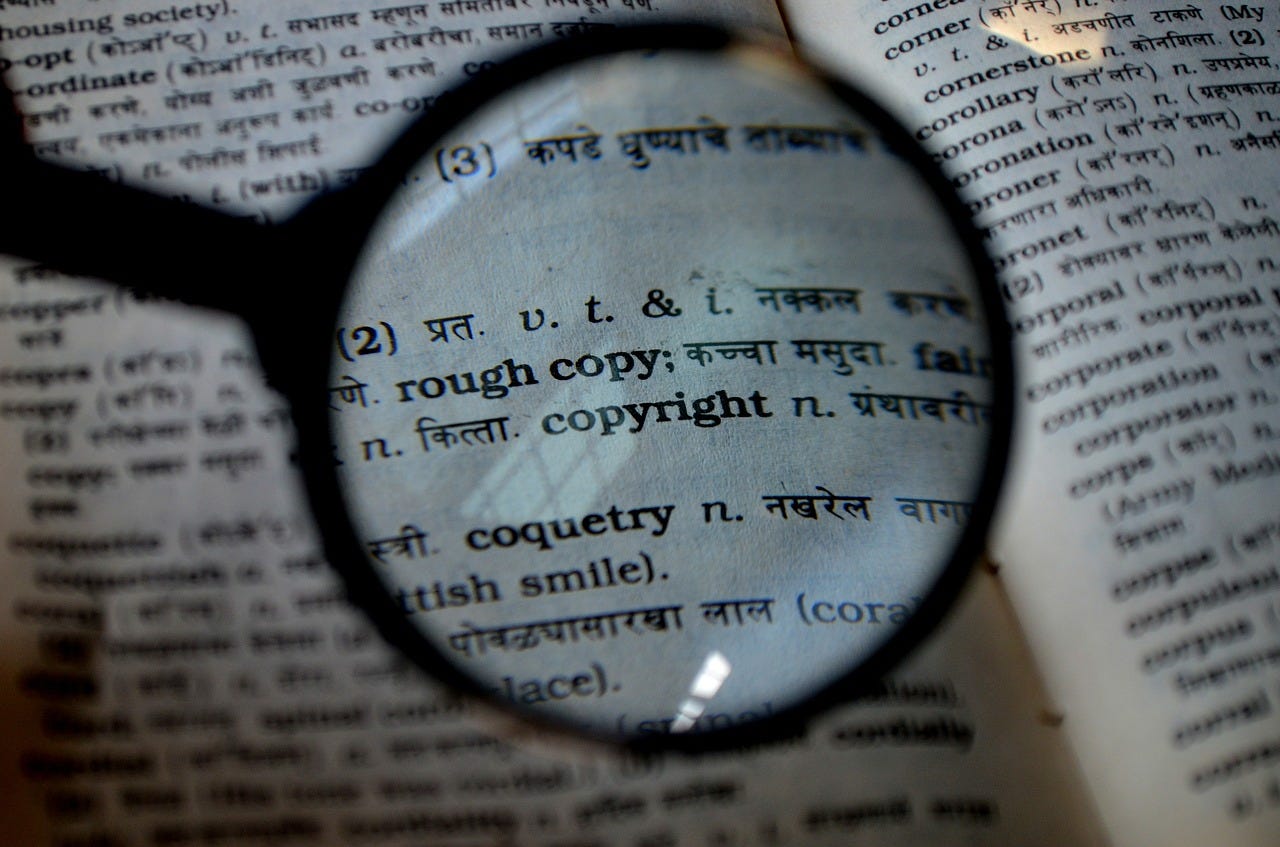How do you find the right translator?
In the previous article we discussed how to determine if you need to hire a translator. Now we will cover the (perhaps intimidating) task of trying to find the right translator.
Who is the intended audience?
A professional audience (legal, medical, etc.) will most likely require translations performed by certified translators.
Family, clients, and genealogical publications are situations where certified translators might not be necessary.
What is the context of the document?
The context of the document will help you further narrow down the field of prospects. It is important to hire a translator that understands the context of your document.
- Historical context is important for documents that reference or originate from important historical events.
- Genealogical context is important for documents that reference relatives, dates, and locations. Since you are working on a genealogical project, this is a must. Genealogical translators will likely be familiar with the historical context as well.
- Medical context is usually only relevant for documents that discuss medical issues. Examples might include death records, and similar.
- Legal context is important for documents dealing with judicial issues (heirs, warrants, probates, deeds).
Where can I find translators?

Translation Associations are a great place to start looking for translators. The International Federation of Translators has a comprehensive listing of translation associations world-wide.
Professional associations are even better for finding the translator you need, especially in Genealogy. The Association of Professional Genealogists provides a directory for genealogical translators.
Why consider a certified translator?
Certified translators have a certain level of skill and quality that meets certain standards. Certification is a good indicator that a translator is serious about their craft.
Yet, this does not mean that non-certified translators are less capable. Your first stop should be the AGP Translators list. APG members are serious about their work. They are familiar with genealogy, and hold themselves to a genealogical and ethical standard. A translator that is both an AGP member and certified should be a strong candidate.
Avoid hiring a freelance translator that is neither certified nor a registered APG member. This ensures the you have options for recourse if you run into problems with them down the road.
The next thing we need to do is prepare a spreadsheet to help with narrowing down our candidates.
How do I narrow down the list of translators?

Create a spreadsheet with the following columns:
- Name
- Phone
- Website
- Certified
- Experience
- Rates
- Impressions
- Quote
Start browsing through the lists of translators and record the ones that stand out. (Leave “Impressions” and “Quote” blank at this point.) Before you log them, be sure to visit their homepage and read about their experience. If you feel this translator might be a match, log them. Repeat the process ad nauseum. You may find you’re spending a few days on this part — don’t give up.
While reviewing a translator’s web site, look how recently it has been updated or shows activity. If a web site has been stale for more than six months it may indicate the translator is no longer active. Also perform a google search on their name and see how active they are online and what topics they are active in. This will help build up a picture of who they are. Check the main social media sites, too.
Once you have your list of possible candidates put together, we need to create a shortlist of 10 or fewer. Drop those that do not have experience in the required areas. You should end up with a list of 25 or fewer.
Now pick the top 10 you feel most comfortable with based on your research of them so far. This will be our list of finalists we will approach for a quote.
Before we do that, we need to get everything in order.
How do I prepare my documents for translation?
First of all, your document needs to be in a high-quality electronic format.
If you have a physical document you need translated:
- Scan the entire document about 1/4" beyond the borders.
- Scan in full color.
- Scan at preferably 600dpi or more. The resolution is critical to analysis and examination by the translator.
- Save the image in PNG or TIFF format if possible. (JPG format has an inherent loss of image quality, and this is not optimal.)
- Make the scanned images available on JumpShare, DropBox, or a similar service.
If you received the document already in digital format:
- record of the link of the online document.
Prepare the information you will need when talking with a potential translator:
- Your information: name, email, phone, mailing address.
- Project information: a brief summary of your project, including any deadlines.
- Document information: type font, script style, period, origin place or region, and author. Your genealogical society may be able to help identify the language of the document, if it is unclear.
- Word count: Count the number of pages and words (numbers count as words) in the document.
Armed with this, we are now set to whittle down our shortlist of prospects, to one worthy translator.
Select the translator that is right for you!

Give each remaining translator a call. Do not commit until you have spoken with each translator in your shortlist. Describe the document, tell them about its details, and also let them know if you have a deadline.
Discuss their areas of expertise. Take notes on this in the “Experience” column of your spreadsheet. Ask what type of translation projects they have worked on in the past. This should give you a better understanding of their experience. Discuss the time period of your document. Let the translator know if it is hand-written or printed. Many translators only work with modern texts.
Ask them for a quote and provide the number of pages, word count, and document information. They may want to see the document first, in which case email them the link to the document. Record their estimated fees in the “Quote” column.
As you discuss your project with them, also make note of your impressions while talking with them. Are they knowledgeable, personable, and take the time to understand your needs? You get the idea.
At the end of your phone call, let them know that you will be back in touch if you decide to go ahead with the project.
We’re almost at the home stretch! Last thing you need to do is sleep on it. Seriously — wait until the next day to make the decision if you have time. Your decision will be much clearer. Have you felt a connection with any one particular prospect? Where they able to build a rapport with you?
Then all that’s left to do is call the translator of choice and give them the go-ahead. Email them the pertinent information we prepared earlier, but be prepared for questions during the translation process. Any genealogical translator worth their salt will probably come back with some questions surrounding the context of the document, its origins, etc.
Don’t ignore the copyright.

Finally, you should be aware that the resulting translation is under the copyright of the translator. You will likely need their permission to republish it (regardless if it is for profit or not). Clarify the translator’s copyright requirements from the start.
Hopefully this has proven to be useful. We would love to hear your comments, experiences, and feedback in the comments below.
